In the rolling heat waves of summer and the biting cold winds of winter, car air conditioning has become a “must-have artifact” for us to maintain a comfortable cabin environment when driving. For fuel car owners, turning on the air conditioner may only mean a slight increase in fuel consumption, but for electric car owners, this will inevitably make them wonder: Does turning on the air conditioner in the electric car cost electricity? If it is driven for 1 hour, how much precious electricity will be consumed? Today, let’s get to the bottom of this matter.
1. The “mystery” of the working of electric car air conditioning
To understand the power consumption of electric car air conditioning, you must first understand its working principle. Unlike fuel cars that use engine power to drive the air conditioning compressor, the air conditioning system of electric cars is completely powered by the on-board power battery. This is like the air conditioning of a fuel car is driven by the “strongman” of the engine, while the air conditioning of an electric car is operated by the “electric energy microcosm” provided by the battery.
In cooling mode, the electric car compresses the refrigerant through an electric compressor to increase its temperature, then dissipates heat and cools in the condenser to become liquid, and then enters the evaporator after the expansion valve reduces the pressure. The liquid refrigerant quickly vaporizes in the evaporator and absorbs the surrounding heat, thereby achieving a cooling effect and bringing coolness to the car. When heating, most electric cars use PTC (Positive Temperature Coefficient) heaters. The current passes through the PTC thermistor, and its resistance value increases with the temperature, generating heat to heat the air and warm the cabin. However, this heating method is relatively power-consuming, just like turning on an electric heater at home, the power is large, and the power consumption is naturally high.
2. The “truth” of power consumption in cooling mode
In general, the power consumption of electric cars turning on the cooling air conditioner for 1 hour is roughly between 0.5-2 kWh. Some small electric cars, such as Wuling Hongguang MINIEV, have a small body and relatively low air conditioning cooling load, so the power consumption of turning on the air conditioner for 1 hour may be as low as 0.5-0.7 kWh. For some medium or large pure electric models, when the air conditioning is adjusted to the maximum, the power consumption in one hour can reach 1.4-2 kWh.
There are many factors that affect power consumption. For example, the power and efficiency of the air conditioning system vary for different models. The air conditioning of small cars has low power, fast cooling, and less power consumption; large cars have large space, and to achieve the same cooling effect, the air conditioning needs to run continuously at high power, which naturally consumes more power. In addition, the difference between the external ambient temperature and the set temperature in the car is also critical. If the outside is hot and the car wants to be particularly cool, the air conditioning has to be cooled for a long time at high intensity, and the power consumption will inevitably increase. There is also the air conditioning wind speed. The higher the wind speed, the more power the blower consumes, and the overall power consumption also increases.
3. The “problem” of power consumption in heating mode
Compared with cooling, the power consumption of electric cars when heating is significantly higher. Taking the NIO ES8 as an example, the total power of the two PTC thermistors it is equipped with is as high as 9.2 kilowatts. If heated at rated power, the power consumption per hour is 9.2 kWh, which cannot be underestimated in terms of the impact on the cruising range. Generally, when the electric car is heated, the wind heating mode consumes about 5-6 kWh of electricity per hour, and the water heating mode consumes about 9-10 kWh of electricity per hour.
The reason why heating consumes more electricity is mainly due to the heating principle of PTC thermistors. It relies on the current passing through the resistance wire to generate heat, which is essentially similar to electric heaters and has high energy consumption. In addition, in the low temperature environment in winter, the performance and activity of the battery itself decrease, and the storage capacity and discharge efficiency are much worse than before, which also makes the power consumption faster during heating, further exacerbating the range anxiety.
4. Practical “tips” for electric car owners
Although turning on the air conditioner in the electric car will consume electricity, we also have ways to reduce energy consumption and make travel more relaxed.
(1) Reasonable temperature setting
When cooling, do not set the temperature too low. 25-26℃ is both comfortable and energy-saving; when heating, it is more appropriate to set the temperature at 20-22℃ to reduce unnecessary power consumption of the air conditioner.
(2) Make good use of the air-conditioning wind speed and circulation mode
When you first adjust the temperature in the car, you can increase the wind speed. After quickly reaching the set temperature, adjust it to a low wind speed to maintain it. At the same time, make reasonable use of the internal circulation, which can quickly cool down when cooling and reduce the entry of cold air from the outside when heating, speed up the temperature rise and reduce energy consumption.
(3) Preheat or precool in advance
Use the remote control function of the vehicle to turn on the air conditioner in advance to adjust the temperature in the car before departure. After getting on the car, you can turn off the air conditioner or reduce its operating power to reduce the power consumption of the air conditioner during driving.
In short, turning on the air conditioner in a tram does consume electricity, but it is not a “power killer”. In cooling mode, the power consumption of most models is within an acceptable range and has little impact on the battery life; although the heating mode consumes more power, the energy consumption can be effectively reduced by using the air conditioning function reasonably. I hope that all tram owners can enjoy the comfort brought by the air conditioner while cleverly dealing with the power consumption problem and travel easily.

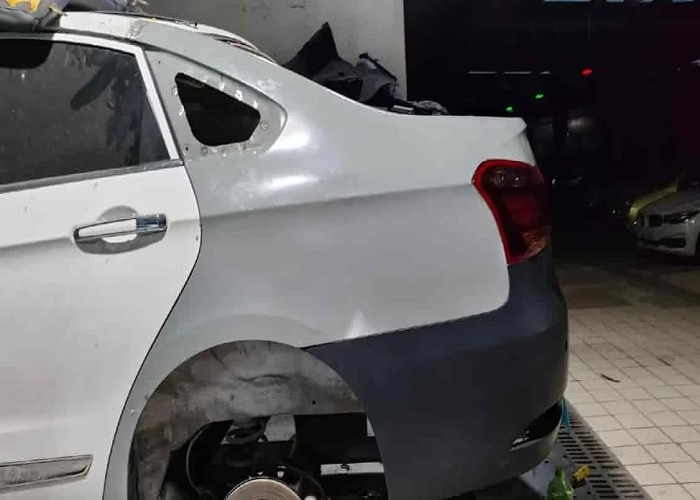
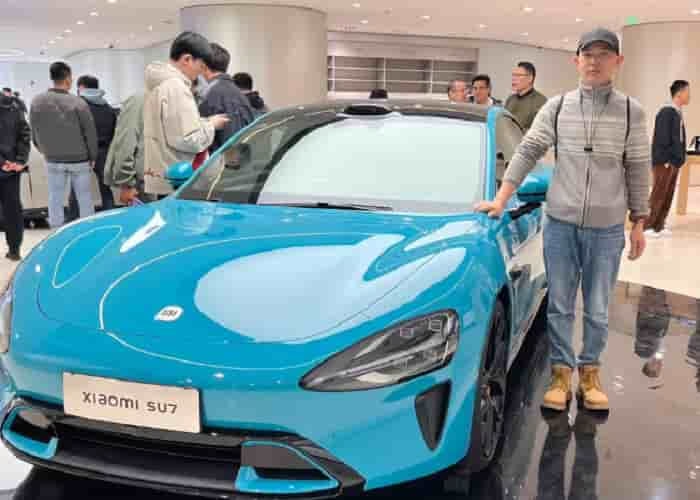
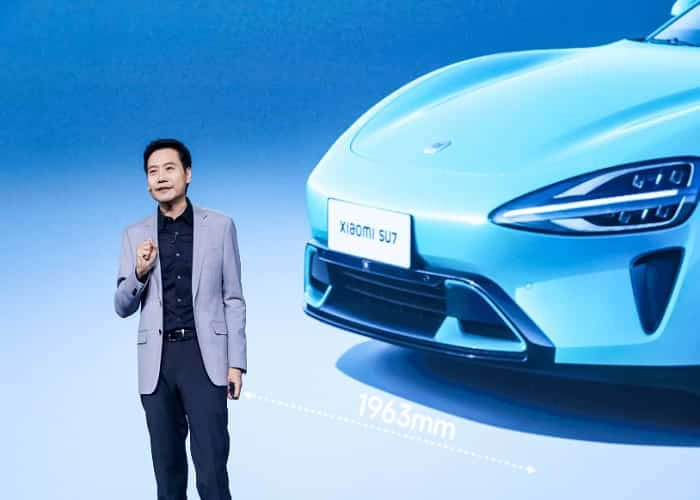
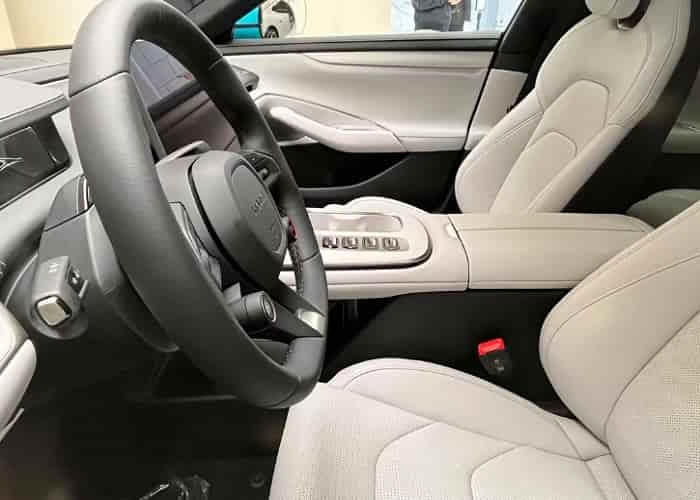


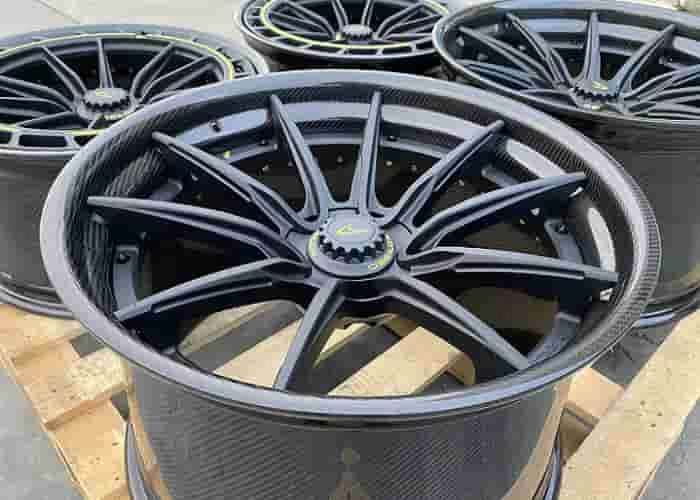

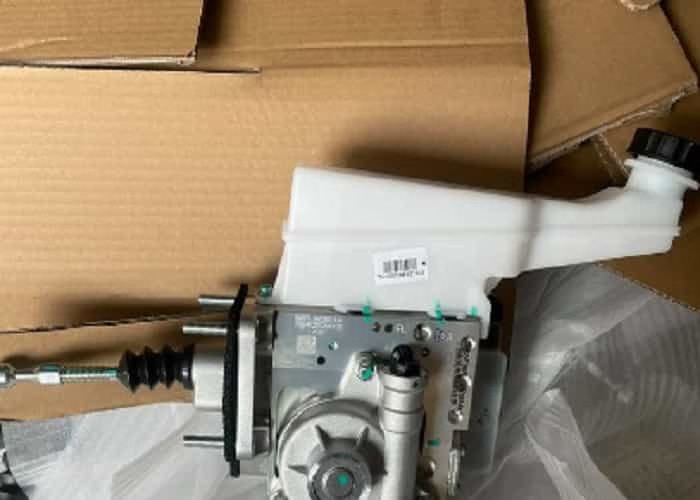
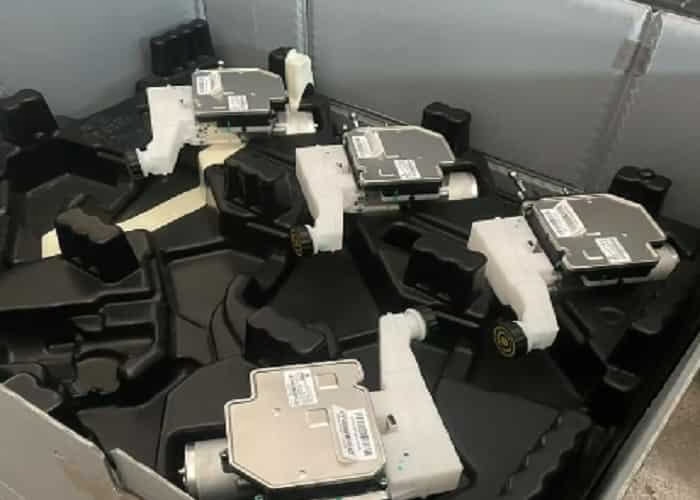
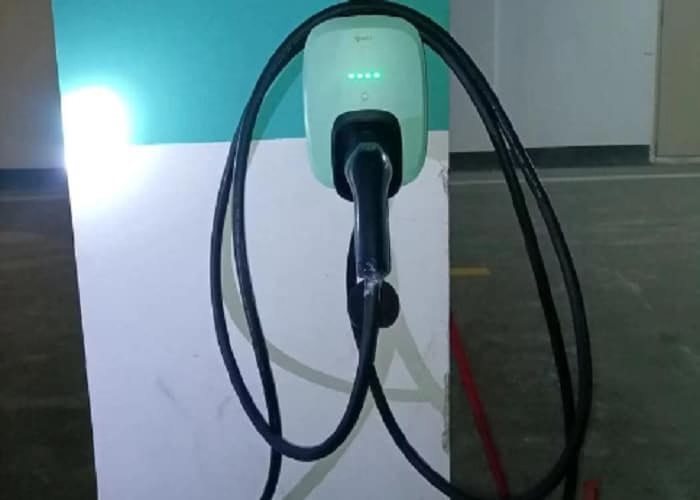



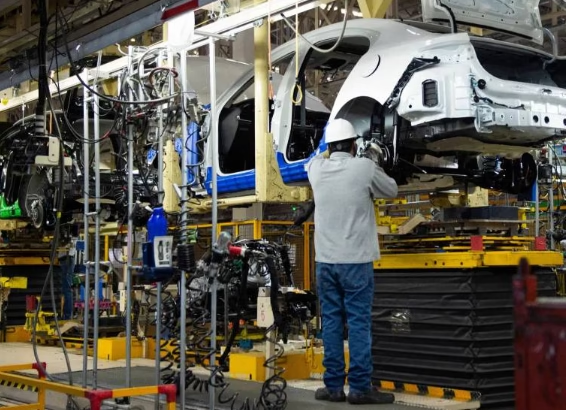
Leave a Reply